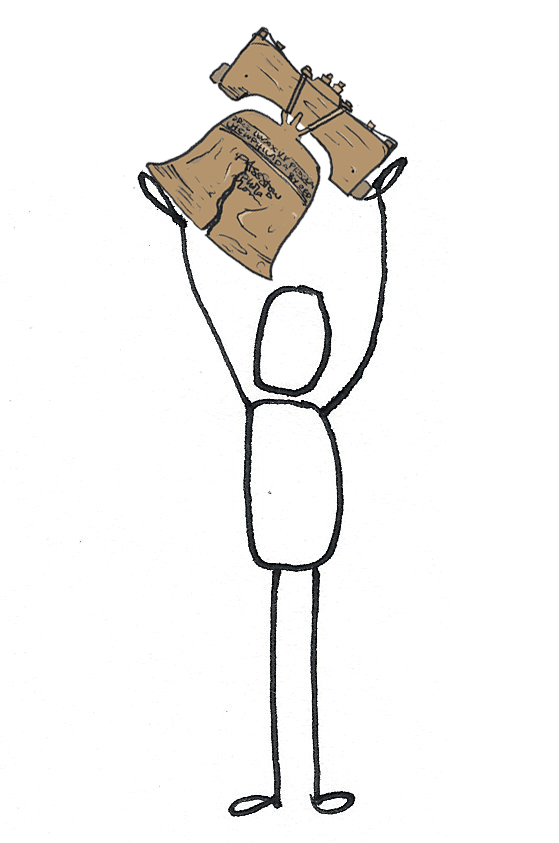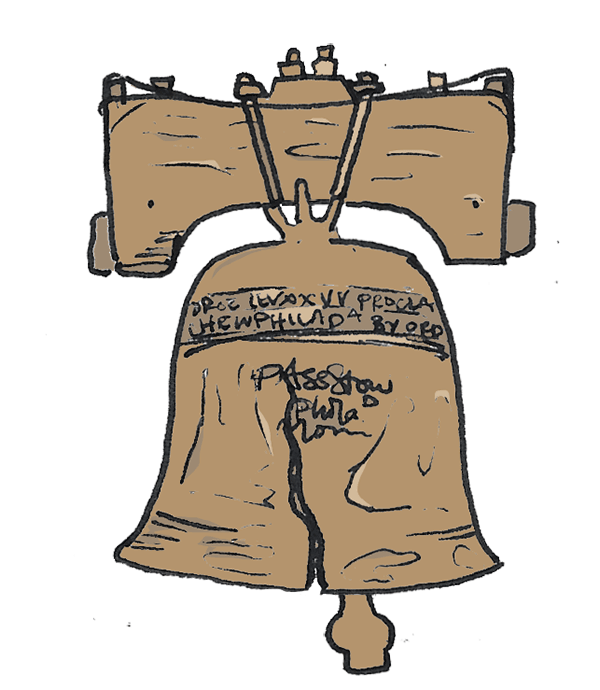
Citizen Brief
Harm Reduction: Preventing and reducing harm associated with opioid use, including eliminating overdose mortality and morbidity associated with opioid use
"Harm reduction is based on the idea that people have the right to be safe and supported even if they are not ready or willing to abstain from illicit drug use. A harm reduction approach involves giving people who use drugs choices that can help them protect their health.
An example of a harm reduction approach is providing people who inject drugs with access to sterile injection equipment, which reduces the risk of HIV and hepatitis C transmission. Treatment with the oral medications methadone and buprenorphine, given under medical supervision, reduces overdose and injection of heroin and other opiates. While harm reduction often focuses on addressing health harms, the term is also used to describe measures that reduce the adverse consequences of drug law enforcement, such as training of police to increase diversion of people who use drugs to health services. "
Open Society Foundation: Harm Reduction
Vision: By September 2022 there are no reported deaths due to unintentional opioid overdose or recorded cases of disease transmission associated with IV heroin use reported in the US.
Background: Opioid overdose and the problems associated with IV drug use continue to be major public health problems in the United States. It has contributed significantly to accidental deaths among those who use, misuse or abuse illicit and prescription opioids. Overdose now kills more Americans every year than car accidents. This wave of death impacts us all as our communities grieve over the loss of our family members and friends.
Goal: Provide strategies to eliminate the unintended consequences of opioid use/ abuse in general and preventing and reducing opioid overdose mortality and morbidity
Preventing Opioid Overdose and Accidental Death (Google Doc)

Ecosystem & Stakeholders

Take Action
Best Practice
Harm Reduction Coalition (Handbook)
Harm Reduction Coalition is a national advocacy and capacity-building organization that works to promote the health and dignity of individuals and communities who are impacted by drug use.
Harm Reduction in the European Union (Pdf)
Harm reduction: evidence, impacts and challenges EMCDDA, Lisbon, April 2010
Open Society Foundation: Harm Reduction PDF
Drug Checking
Naloxone
Opioid Overdose TOOLKIT. SAMHSA
Nurse-supervised safe injection sites
Challenge:
Until they are ready for treatment and have access to it, people with an addiction to heroin will find a place to inject, whether it’s in a fast-food restaurant bathroom, a church basement, a public bus or an abandoned building. Making restrooms inaccessible will only push the problem elsewhere.
Best Practice:
Nurse-supervised safe injection sites like Insite in Vancouver, Canada, have been demonstrated to save lives and provide a pathway toward recovery.
Take Action:
Get personal:
Get Social:
Get political:
Ontact your local politicians and public health stakeholders and initiate a conversation about using Nurse- supervised safe injection sites.
Spotlight
Insite is the only square footage on the continent of North America where people who are addicted to illicit drugs can come inside, inject drugs under the supervision of trained staff, while being treated with humanity and dignity. This legally sanctioned site is the product of years of community activism and education. Over 40 publications have been produced that show this space contributes to the health of the community and individual drug users.
Find out more about Insite: The InSite Story
Could Prescription Heroin And Safe Injection Sites Slow The Opioid Crisis
WHYY reporter Bobby Allyn will tell us about how and why some local officials and public health advocates are trying to make Philadelphia the first city in the U.S. to open a legally sanctioned safe injection site. As you can guess, it's a controversial move.
Gov. Wolf to declare state emergency on opioid epidemic January 9th, 2018
Philly police commissioner now open to safe-injection sites
Let Cities Open Safe Injection Sites NY Times Editor Feb. 24th,2018
Needle exchange and distribution of clean injection supplies:
Needle exchanges “meet you where you’re at.” By giving needle users what they need to avoid infections, the programs demonstrate viscerally that they believe addicted people have value, even if they can’t or won’t quit.
Best Practice:
Nurse-supervised safe injection sites like Insite in Vancouver, Canada, have been demonstrated to save lives and provide a pathway toward recovery.
Take Action:
Get personal:
Get Social:
Get political:
Ontact your local politicians and public health stakeholders and initiate a conversation about using Nurse- supervised safe injection sites.
Learn More : Former Addict: What Indiana Can Learn From New York About Needle Exchanges: Because such positive findings have also been replicated worldwide, theWorld Health Organization, the Centers for Disease Control and Prevention, the Substance Abuse and Mental Health Services Administration, the National Institutes of Health, the Institute of Medicine, the American Medical Association and basically every expert health groupthat has analyzed the data favors syringe exchange and legal needle access.
Spotlight
This program provides clean equipment to drug users in order that they are not at risk for infection of communicable diseases such as HIV and Hepatitis C by reusing dirty paraphernalia. Needles, crack pipes and other supplies are distributed at fixed locations and through mobile outreach services.
Opioid Overdose:
Challenge:
Opioid overdose continues to be a major public health problem in the United States. It has contributed significantly to accidental deaths among those who use, misuse or abuse illicit and prescription opioids.
Overview:
Opioid overdose continues to be a major public health problem in the United States. It has contributed significantly to accidental deaths among those who use, misuse or abuse illicit and prescription opioids. In fact, U.S. overdose deaths involving prescription opioid analgesics increased to about 17,000 deaths a year in 2010 , almost double the number in 2001. This increase coincided with a nearly fourfold increase in the use of prescribed opioids for the treatment of pain.
Best Practice:
Community Approach to Opioid Overdose
Five Essential Steps for First Reponders
Safety Advice for Patients & Family Members Recovering from Opioid Overdose
Stakeholders:
Healthcare
Community
Political
Take Action:
Overdose Training Videos & Resources (OWN)
Spotlight:

